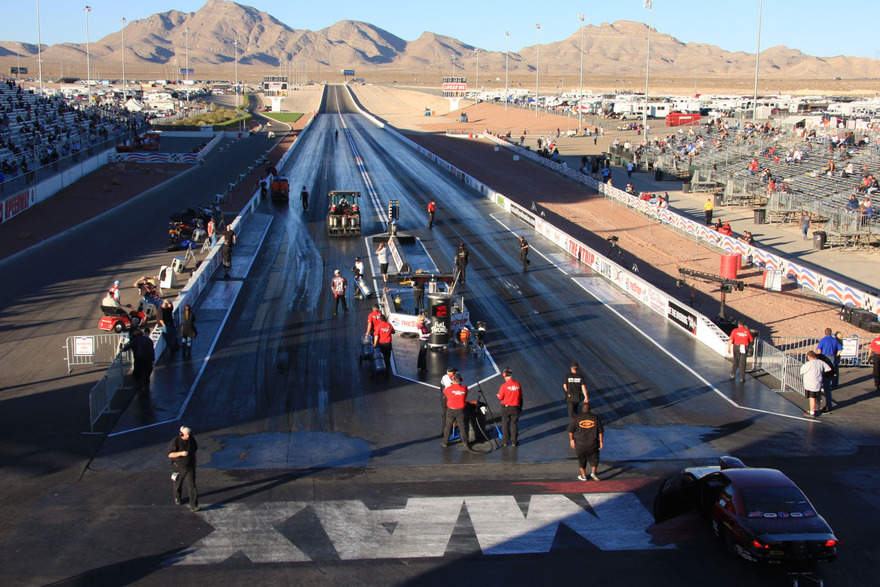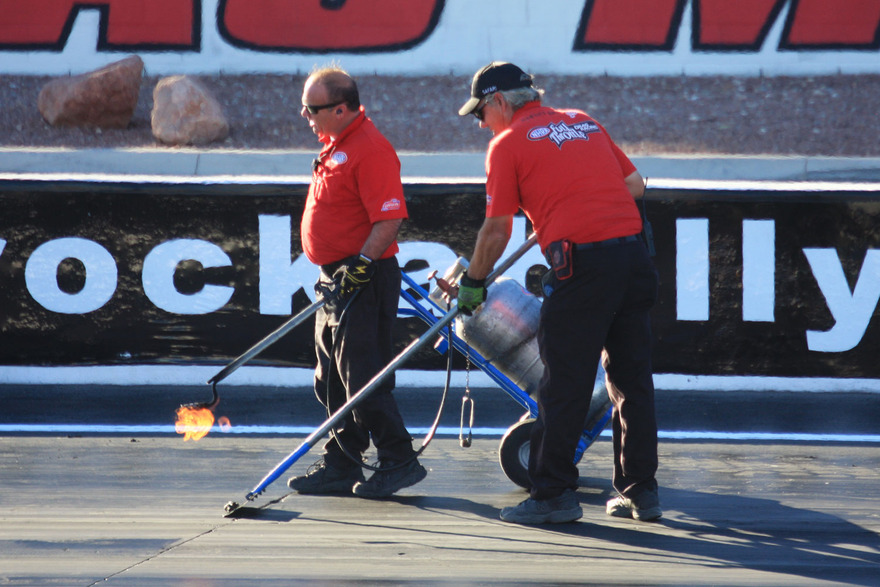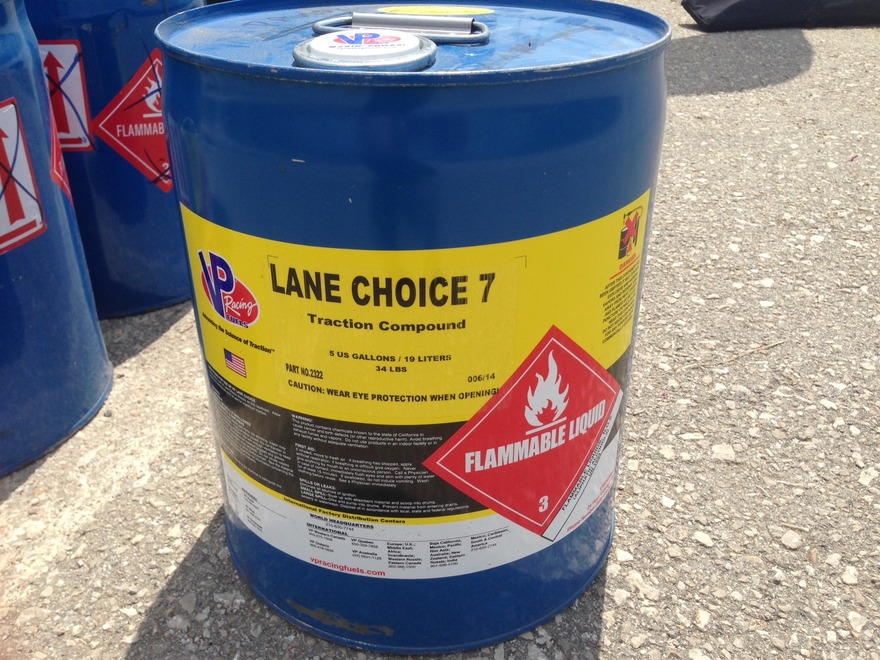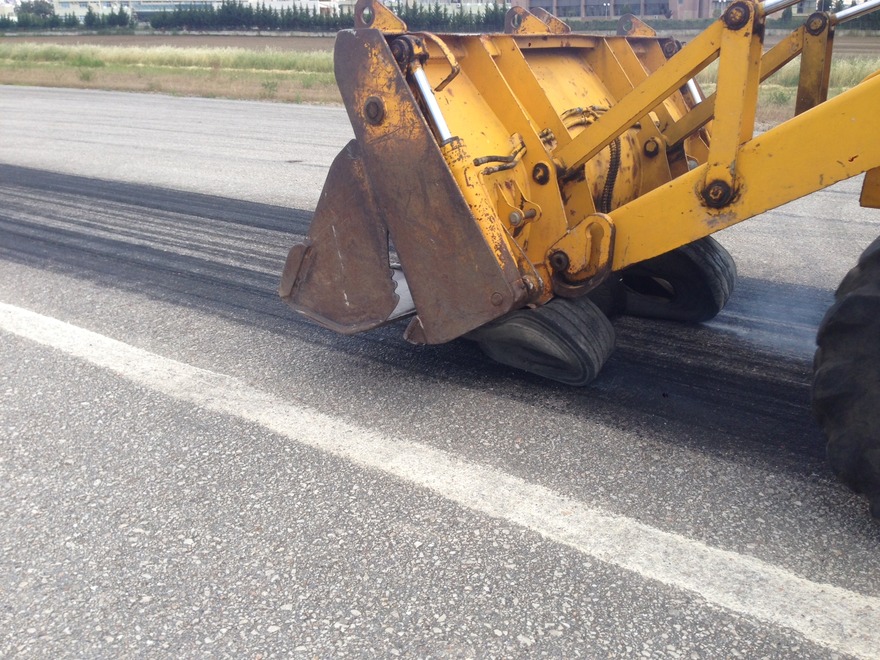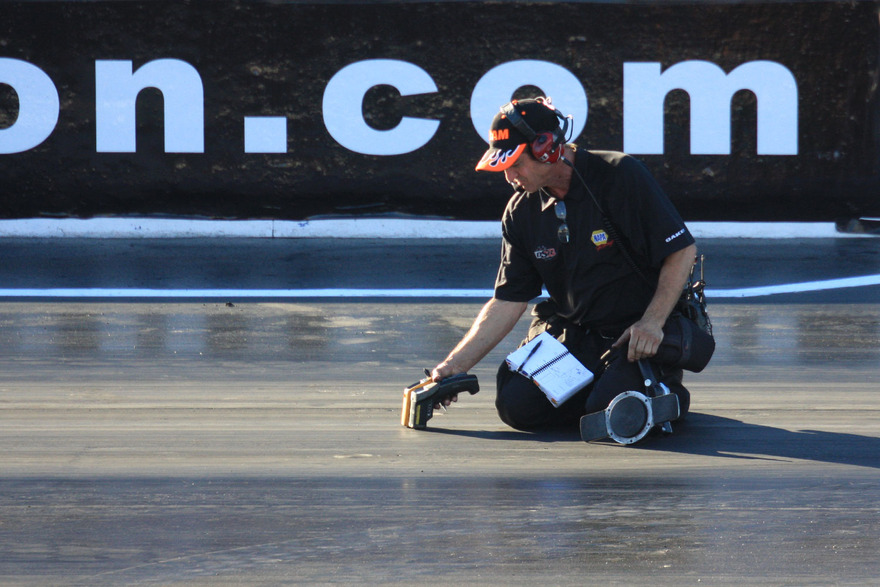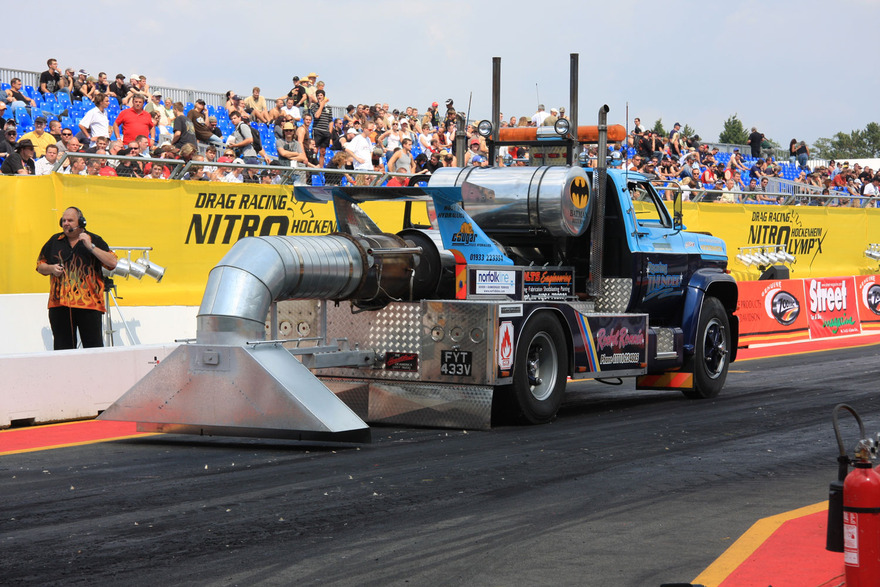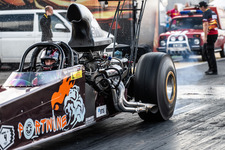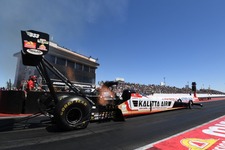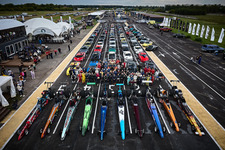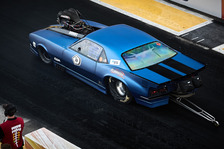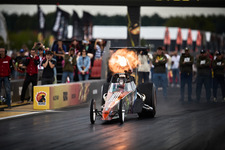In the beginning of this week we announced that Dragtimes team representatives who also organize Russian Drag Racing Cup visited Greece to know the details of how to use properly the traction compound on the drag strip. As the main aim of the organization team is to provide participants with the best conditions to get the highest result and well-prepared track, finishing with the compound is very important part of all preparations. Moreover Greek representatives are also invited to few Russian Cup stages to finalize training taking in account all specific properties of every track. So, let’s know more what is traction compound and how it is used.
Someone can imagine that hundreds of liters of glue are spilled all over the whole track but it is not quite right. It’s a very long and hi-tech story, we will look through the history and then will understand the today’s track preparation process and what Russian Drag Racing Cup participants will see during the season 2014.
There’s an opinion that official drag racing history starts from the year 1948 in Goleta, California. Others remember that it starts from the middle of 1920’s when in dry lake beds in Mohave desert first competitions were held. Participant could drive everything equipped with engine and wheels. The aim was to reach maximum speed in a quarter-mile distance (402m).
European drag racing started in 1930’s. First races took part in United Kingdom, the distance was 440 yards and usual country road was used as a track. After the WWII UK got lots of useless airfields which were invaded by racers. In the 1963 drag racing was mentioned as a separate kind of motorsports and Austin company started to produce small series of drag racing cars. In 1971 200mph limit was broken in the UK and new era of 7-second cars was coming. And in the beginning of 80’s was held the first international drag racing tournament in Le Mans.
Well the idea to improve traction between the track and the wheels came to racers in the middle of 60’s. Wheels were not able to show maximum performance and participants and organizers started to use rosin. Some area before the starting line was covered with rosin, dragsters went on it and started burnout. Burnouts were made not only for show but also to heat the tires and to soften them with rosin.
This way was used for almost 10 years until the special compound was invented. In 1972 new liquid was tested in the track. It was invented for NASA as a high temperature coating but new purposes were found very soon, so it came to races. By today the basic content of the compound remains practically the same, little difference may appear in different brands and sometimes methanol can be added to make track stickier. Definitely methanol can be also added to the compound on the track if conditions require this.
So what does the drag strip preparation consist of? As every surface you are going to work with, asphalt or concrete should be clean, dry and without oil. You don’t need to clean every meter but there should be no oil spots at all. Then the first time the compound should be sprayed. You have to dry it until the surface becomes very sticky and then comes very important thing which can be missed by starters — you have to cover the track with thin layer of rubber. You can’t simply spill the compound and start the competition.
It will be slippery and ineffective and harmful for transmission, when the car suddenly gets the grip because of impact loads happening in gearboxes and drives. In such case 30–50 passes will be needed to cover the compound with the rubber from dragster tires. How can organizers cover the track with rubber? Simple bulldozer pulls few old drag racing tires pressed to the track. The aim is to cover everything and eliminate sticky spots. The procedure should be repeated 2–3 times for better result. Pressure and the speed should be under control to avoid damages on already prepared layers and special attention should be paid on concrete.
Old slick tires? Don’t you have that? Ok, practically every tyre can be used for this purpose. There’s an opinion that truck tires are the best ones but you have to check the steel cord will not damage the already prepared layer.
And if the strip was well prepared before you may make only 1–2 passes to eliminate damaged areas. For better result methanol can be used as it makes old surface sticky and adhesive for new layer of rubber.
How to maintain the track during the race? Every big brake between the series of passes the track is sprayed with a very thin layer of compound and starting dragsters leave there the rubber from the wheels. The best solution is to allow heating the tires after the starting line. You can reach outstanding traction for the first 10–20 meters.
All preparations can take from one day to two weeks depending on the weather. All actions should be held when the weather is dry and warm. We cannot guarantee such conditions in Russia everywhere so the time should be planned accordingly. But there is always a solution if you are running out of time — prepare first 50–100 meters and it will make happy all participants and fans as it will allow them to show their great performance.
As a conclusion — we need lots of compound, lots of tires, patience and time and as a bonus we will get positive emotions from all the people involved into drag racing and we can admire with new wins and records.
Photo: Maria Melnikova, Maksim Kazanov

